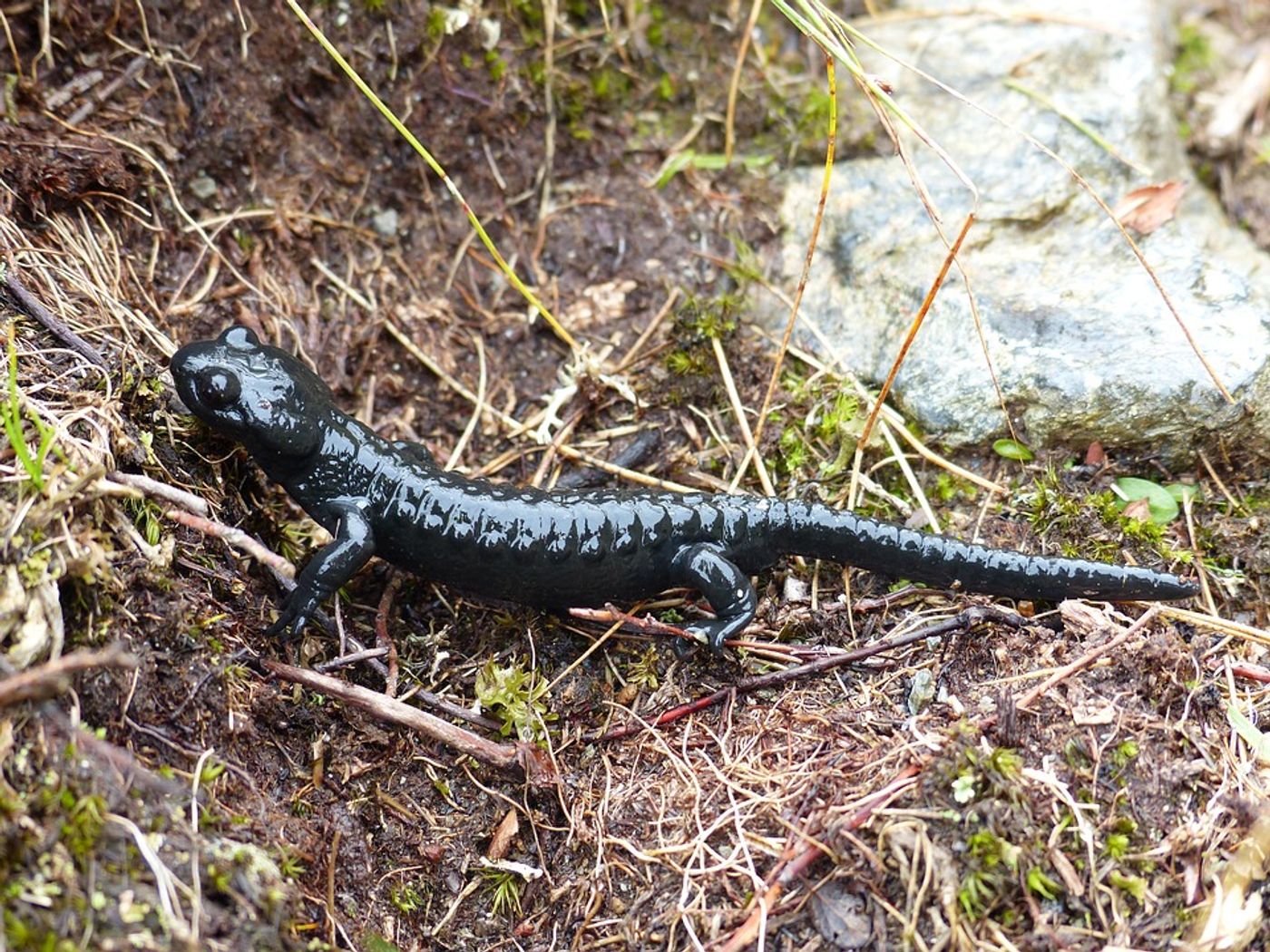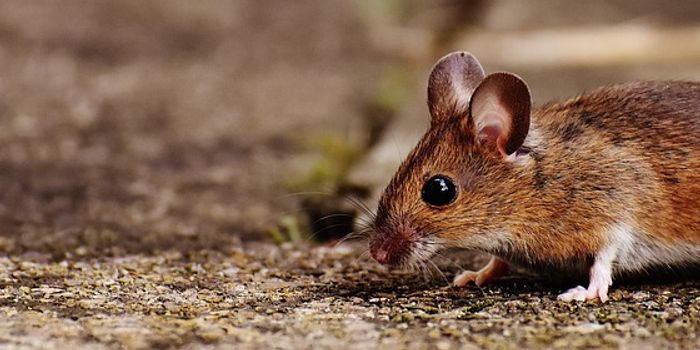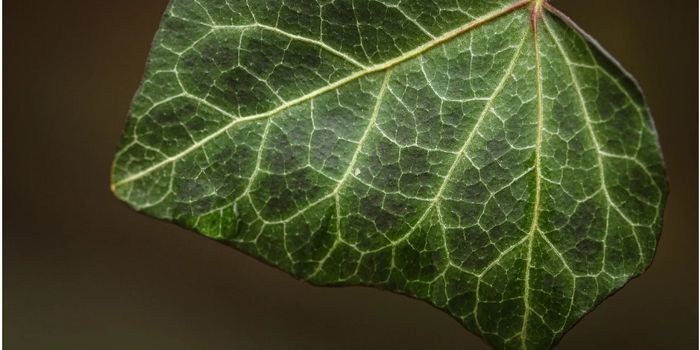Salamanders May Fare Better Against Climate Change Than Initially Believed
Many of the world’s animals display some type of response to the hazardous effects imposed by climate change. In most cases, the response isn’t good, but some animals tend to fare better than others.
Curious researchers from Clemson University wanted to learn more about how climate change might impact the high salamander diversity residing in the Southern Appalachian Mountains. Upon collecting data of their own, the researchers recognized that the reptiles could be less susceptible to the effects of climate change than initially thought.
Image Credit: Pixabay
Their findings, which have been published in the journal Science Advances this week, may surprise you.
While previous studies have long estimated that anywhere between 70-85% of the Southern Appalachian Mountains would become inhabitable for salamanders by the year 2080, the new research indicates that these figures are grossly over-estimated.
Instead, salamanders demonstrate incredible feats of plasticity, meaning that they can rapidly adapt to harmful conditions like heat stress. This plasticity could be vital to the salamanders’ survival amid climate change, and the researchers propose that it could reduce their risk of extinction from climate change-induced circumstances by as much as 72%.
"When scientists make predictions about extinction, we often have to work with what we have. This means that we use Big Data and advanced statistical software to understand what might happen in the future," explained Eric Riddell, the lead author of the study.
"But our research has shown that salamanders have some tricks up their sleeves that are only apparent upon making direct observations in nature and in the laboratory."
Related: Rare massive salamander discovered in a Chinese cave
As it would seem, previous studies neglected to take the creature’s plasticity into consideration when estimating its risk of extinction amid climate change despite how important of a factor it is. This study, however, took salamanders’ plasticity into consideration, and models now yield very different results.
"This is one of the first papers that has exclusively looked at plasticity in this sense. We're telling you that our new predictions are nowhere near as dire as earlier predictions. In this part of the world, this is a particularly big deal," added Michael Sears, a co-author of the study.
Related: Female salamanders re-grow their tails up to 36% faster than males
"We can now say more accurately what might occur if climatic conditions continue to deteriorate."
The study certainly seems to turn things around for the humble salamander, but it doesn’t mean that the creatures won’t experience any hardship as climate change rears its ugly head.
With any luck, follow-up studies could provide additional insight into how salamanders might react to a forever-changing environment so that conservation efforts can kick in as soon as possible.
Source: Clemson University









